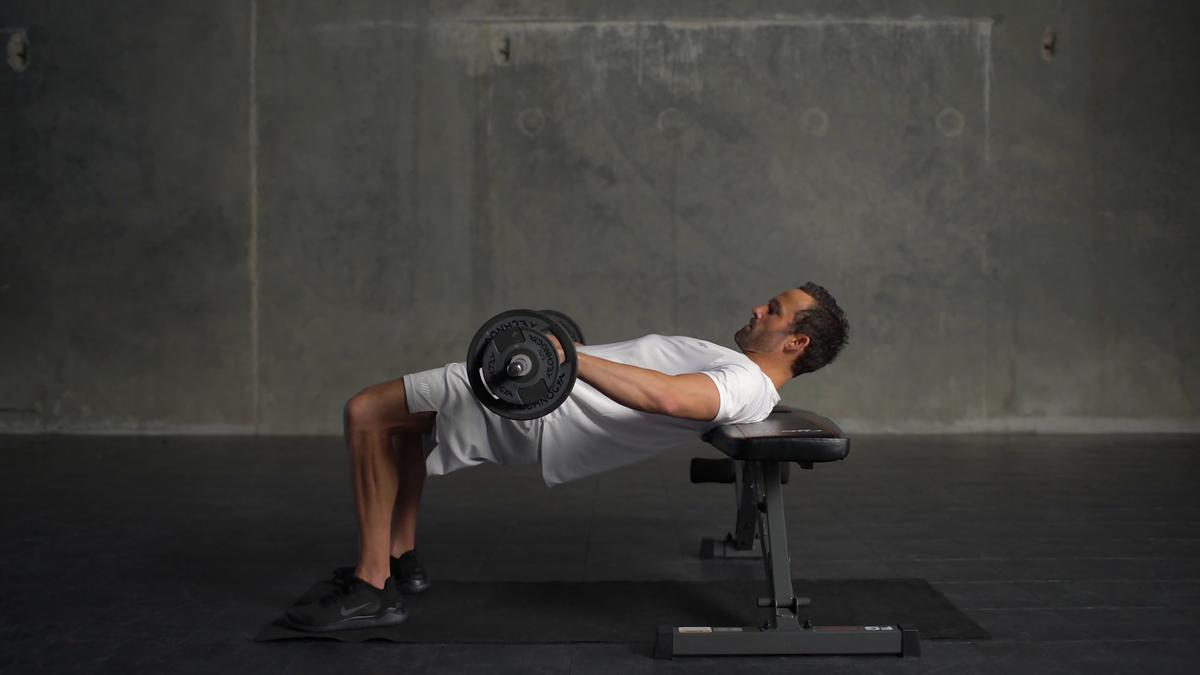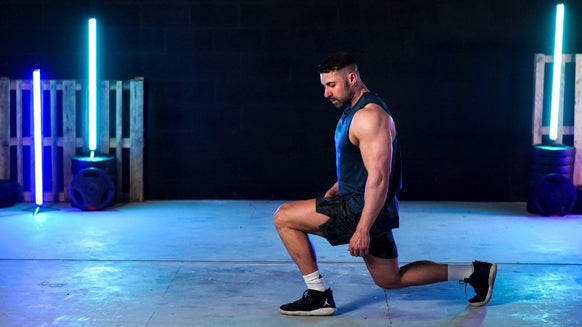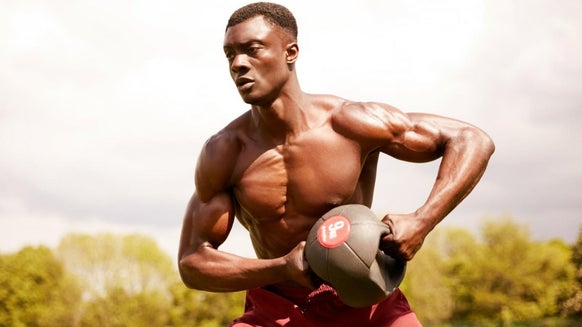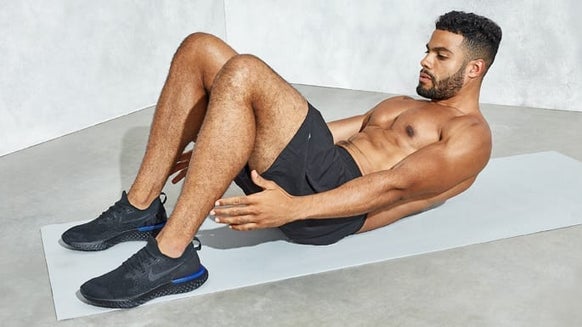TRAINING
How To Do The Glute Bridge | Technique Form and Variations

What is the glute bridge?
How to do the glute bridge
- Lay on your back with your feet flat against the floor and knees bent.
- Engage your glutes by squeezing them and lift your hips off of the floor driving them up towards the ceiling. At the top of the movement make sure your body forms a straight line from your knees to your shoulders.
- At the top of the movement pause at the top and squeeze your glutes as hard as you can, hold for 1-2 seconds, and then lower back down slowly to the starting position.
How long to hold a glute bridge: How long to hold a glute bridge is really determined by the type of workout
Glute bridges — common mistakes and how to avoid them
1. Incorrect setup - Feet too wide/far/close to the body
2. HyperExtension of the lower back
3. Pushing through the heels of your feet
4. Lifting your torso off the ground
5. Tempo
Glute bridge variations and progression
Single leg glute bridge
- Lay on your back with your feet flat against the floor and knees bent, lift one leg off the floor and straighten (ensuring the sole of your foot is facing the ceiling)
- Engage your glutes by squeezing them and lift your hips off of the floor driving them up and your foot up towards the ceiling. At the top of the movement make sure your body forms a straight line from your knees to your shoulders.
- At the top of the movement pause at the top and squeeze your glutes as hard as you can, hold for 1-2 seconds, and then lower back down slowly to the starting position.
- Once complete switch legs and repeat.
Banded glute bridge
- Wrap your band around your thighs just above the knees.
- Lay on your back with your feet flat against the floor and knees bent, make sure to push the knee out against the tension of the band.
- Engage your glutes by squeezing them and lift your hips off of the floor driving them up towards the ceiling. At the top of the movement make sure your body forms a straight line from your knees to your shoulders.
- At the top of the movement pause at the top and squeeze your glutes as hard as you can, hold for 1-2 seconds, and then lower back down slowly to the starting position.
- Once complete switch legs and repeat.
Weighted glute bridge
- Lay on your back with your feet flat against the floor and knees bent.
- Place a weight across your hips.
- Engage your glutes by squeezing them and lift your hips off of the floor driving them up towards the ceiling. At the top of the movement make sure your body forms a straight line from your knees to your shoulders.
- At the top of the movement pause at the top and squeeze your glutes as hard as you can, hold for 1-2 seconds, and then lower back down slowly to the starting position.
- Once complete switch legs and repeat.
Barbell glute bridge/ Hip thrusts
- Sit on the floor with our legs out in front of you and roll the barbell over your hips.
- Lay back and place your feet flat against the floor and knees bent.
- Engage your glutes by squeezing them and lift your hips off of the floor driving them up towards the ceiling. At the top of the movement make sure your body forms a straight line from your knees to your shoulders.
- At the top of the movement pause at the top and squeeze your glutes as hard as you can, hold for 1-2 seconds, and then lower back down slowly to the starting position.
- Once complete switch legs and repeat.
- If you want to progress then try moving to hip thrusts placing your back on a bench.
What muscles do glute bridges work?
What are the benefits of glute bridges?
Take Home Message

Amy Golby Writer and expert







